
Hey sweat fan greetings,
Many people are very interested in the topic of pulsing when welding aluminum. Why is that? And why is it really so important for welding? I think it always depends on what type of welder you are: are you a fast welder, are you a slow welder and what kind of components do you weld?
I, for example, am a service provider, want to work relatively quickly and have relatively few settings and make my pulse quasi manual by switching the burner on and off. But that’s also because I do a lot of repair welding.
I find pulse in the area when you are building material, a sheet, a tank, for example, and want the weld seam to run. I think Puls is very good here, because it has two advantages. First of all, you have a very cool look and with the current peaks you get very deep into the material and always have a root at the point. For example, we like to pulse weld tanks or containers and just let the whole thing run.
The advantage of pulse welding is. If you are still relatively new to aluminum welding, you can adjust the pulse very easily. In other words, you have your peak pulse and your lower pulse. You basically have 2 ampere values between which the pulse jumps back and forth.
This has the advantage that the component remains cooler and you don’t have to weld quite as quickly. If you weld without a pulse, you have to weld faster towards the end, when the heat is in the component, so that the weld seam appearance remains the same. This is actually the great advantage of the pulse function, which is why it is so popular.
I also have a few videos about this. Take a look at them and we’ll give you free tips & tricks on our social media channels called Alu Löffel
Or save time and money and achieve results quickly and easily.
Take a look at our welding store !!!


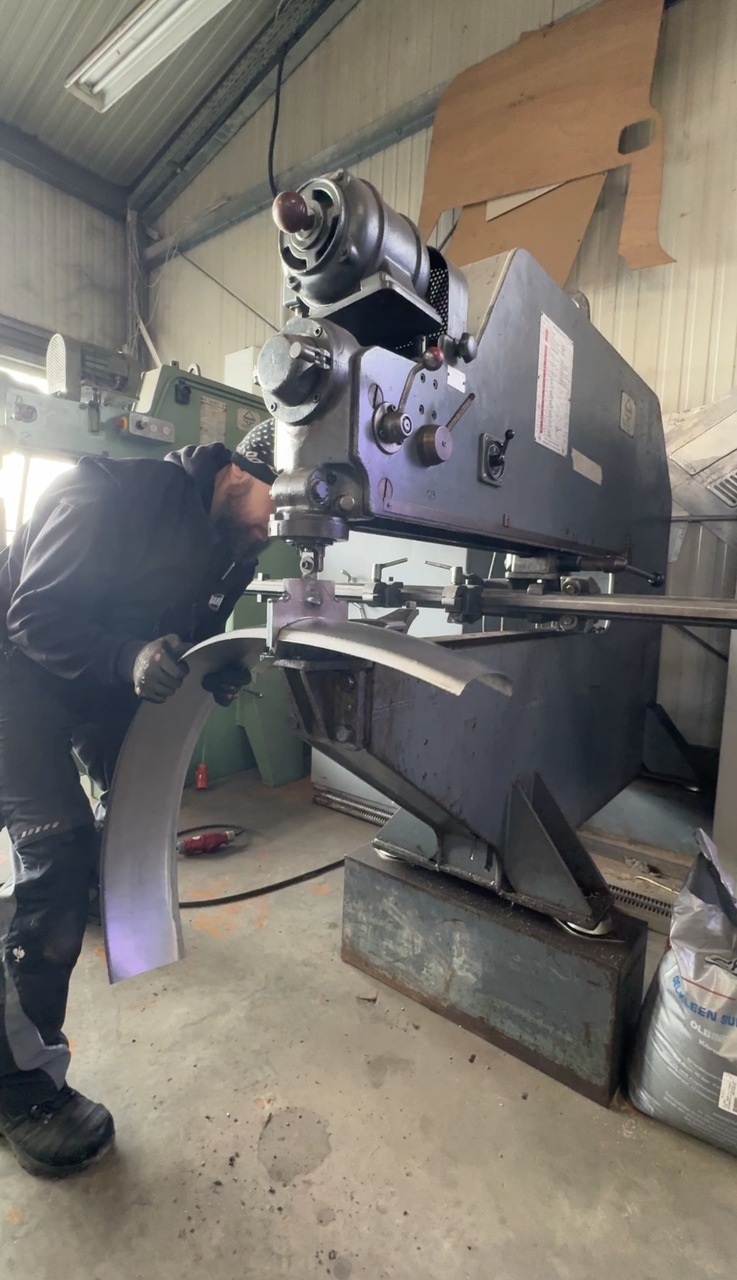
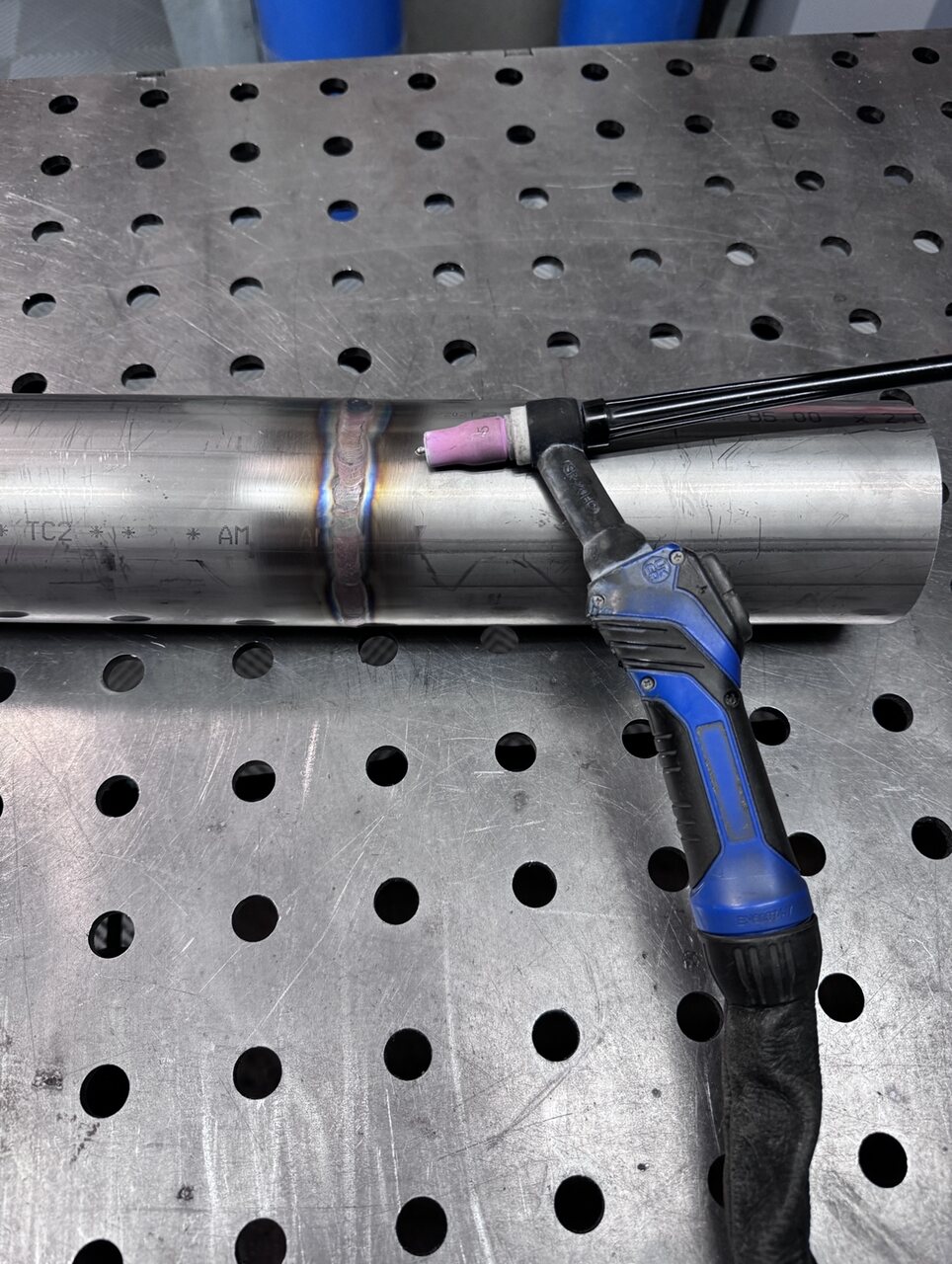
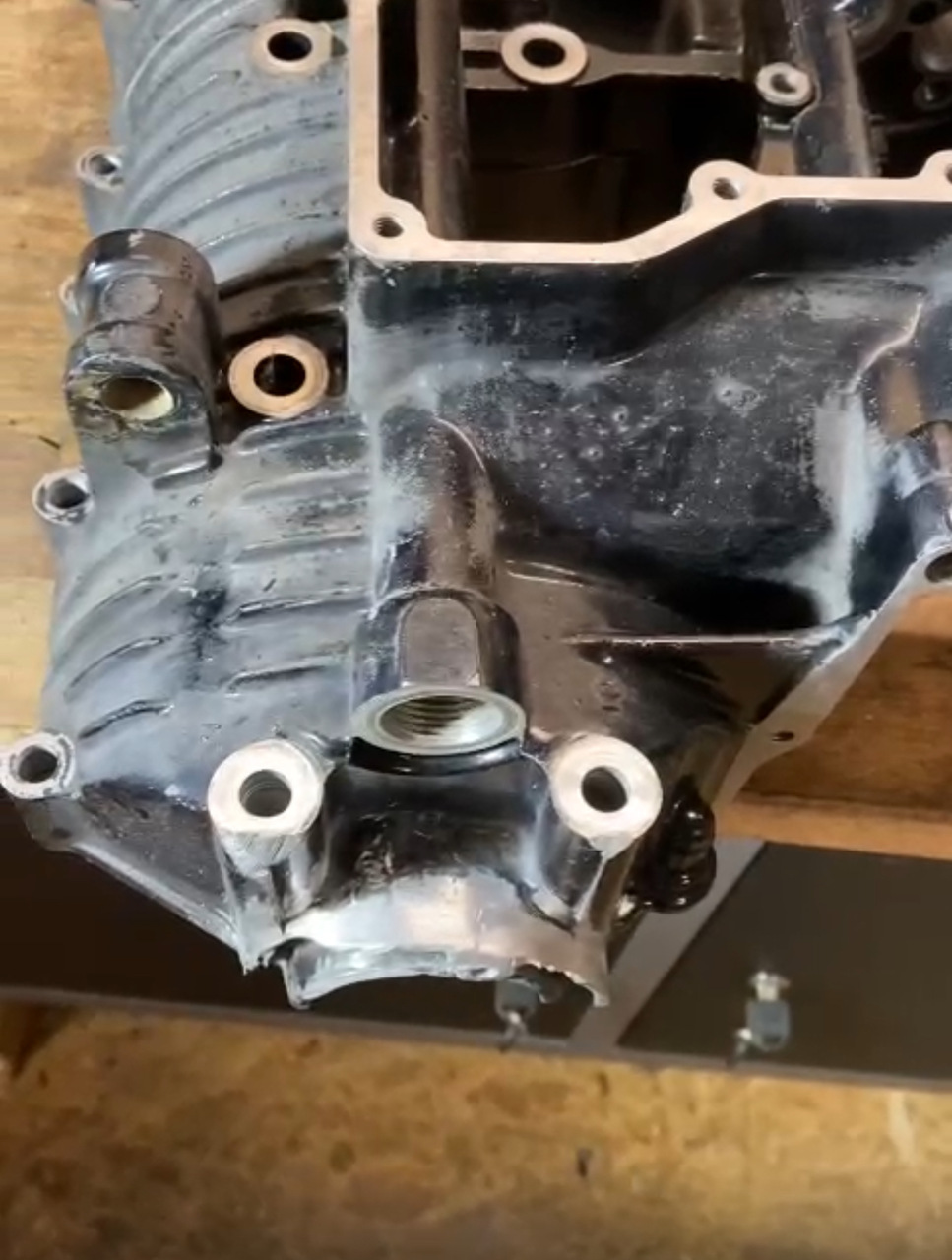
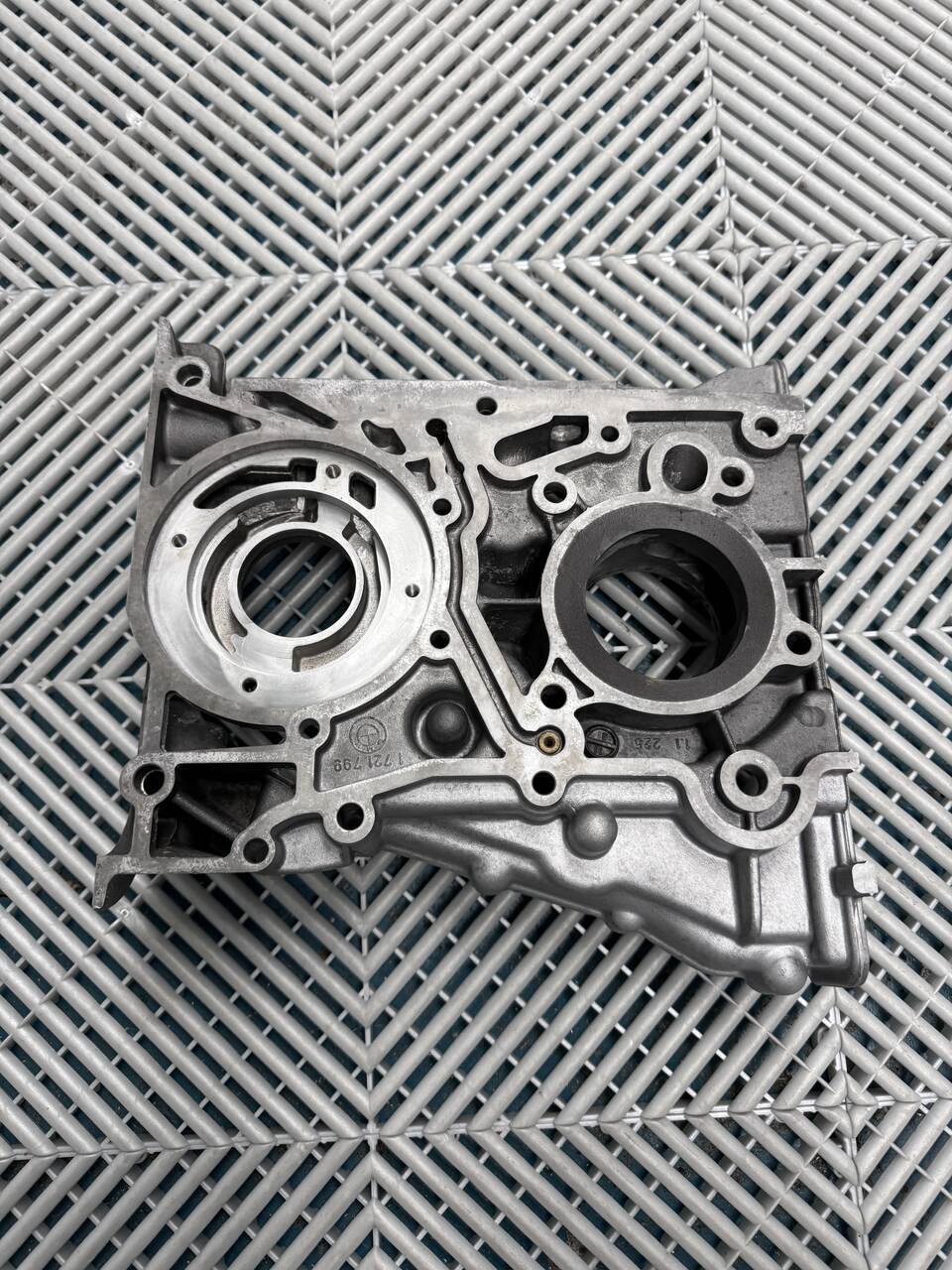
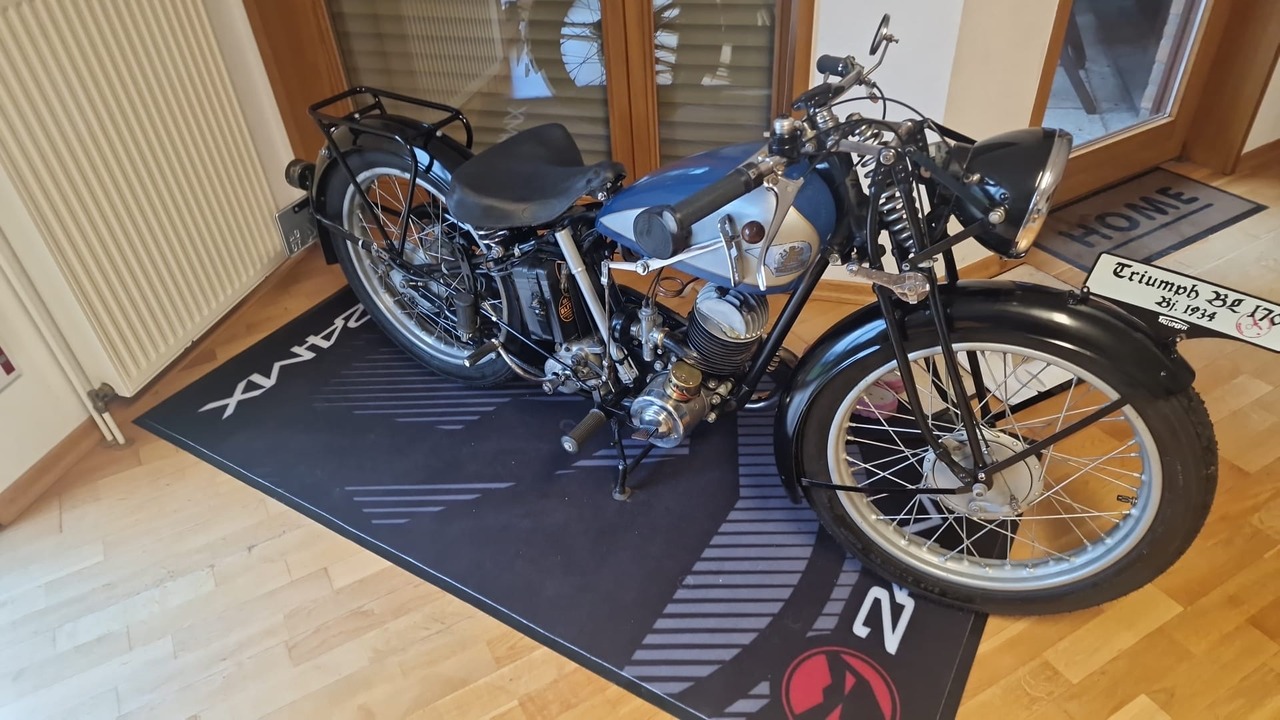

Puch Maxi Welding Repair Puch Maxi Welding Repair Topic Puch Maxi moped, known as 50cc standard moped, but also here of course some conversions
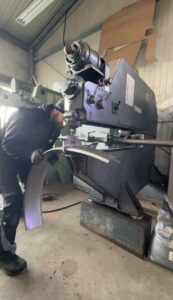
Body construction Producing wheel covers Body construction Producing wheel covers Bodywork construction and DIY projects. I recently immersed myself in the fascinating world of
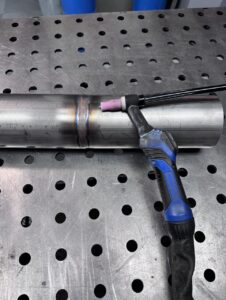
Pipe welding Pipeline construction Trade Pipe welding Pipeline construction Trade We have been dedicated to aluminum welding for over twelve years. Repair
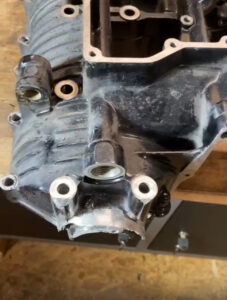
Yamaha FJ1200 engine housing repair / welding Repair and welding for long-lasting performance Yamaha FJ1200 engine housing repair / welding A Yamaha FJ1200
WhatsApp Support
Brief = 3,99 €
Kleingüter = 7,99 €
Mittelgüter = 10,99 €
Speditionsgüter = 18,99 €
Abholung vor Ort = 0 €
Versanddienstleister DPD
10 % sparen auf Deine 1. Bestellung*
Komm in den Alu Löffel Club
* Mindestbestellwert 100 €. Ausgeschlossen sind alle WELDINGER & Jasic, German Welding Tools Produkte
Save 10% on your 1st order in the online shop*
* Minimum order value 100 €. Excluded are all WELDINGER & Jasic, German Welding Tools products

Oster-sale
18.-21.04.2025
Oster-sale 18.-21.04.2025
10 % Auf alles in unserem Onlineshop – kein Mindestbestellwert
50 % Auf alle Onlinekurse
Dein Sparcode: ostern25
Summer Sale bis 04.08.2024
auf eine Vielzahl von ausgewählten Produkten im onlineShop
-15 % auf Schleifgeräte & -zubehör Code: summerschleifen15
-18 % auf Böhler Geräte & -zubehör. Code: summerböhler18
-8 % auf Jasic Geräte. Code: summerjasic8
-10 % auf Schweißzubehör Code: summerzubehör10
